Treating ‘Ozempic Face’: Facial Rejuvenation After Weight Loss
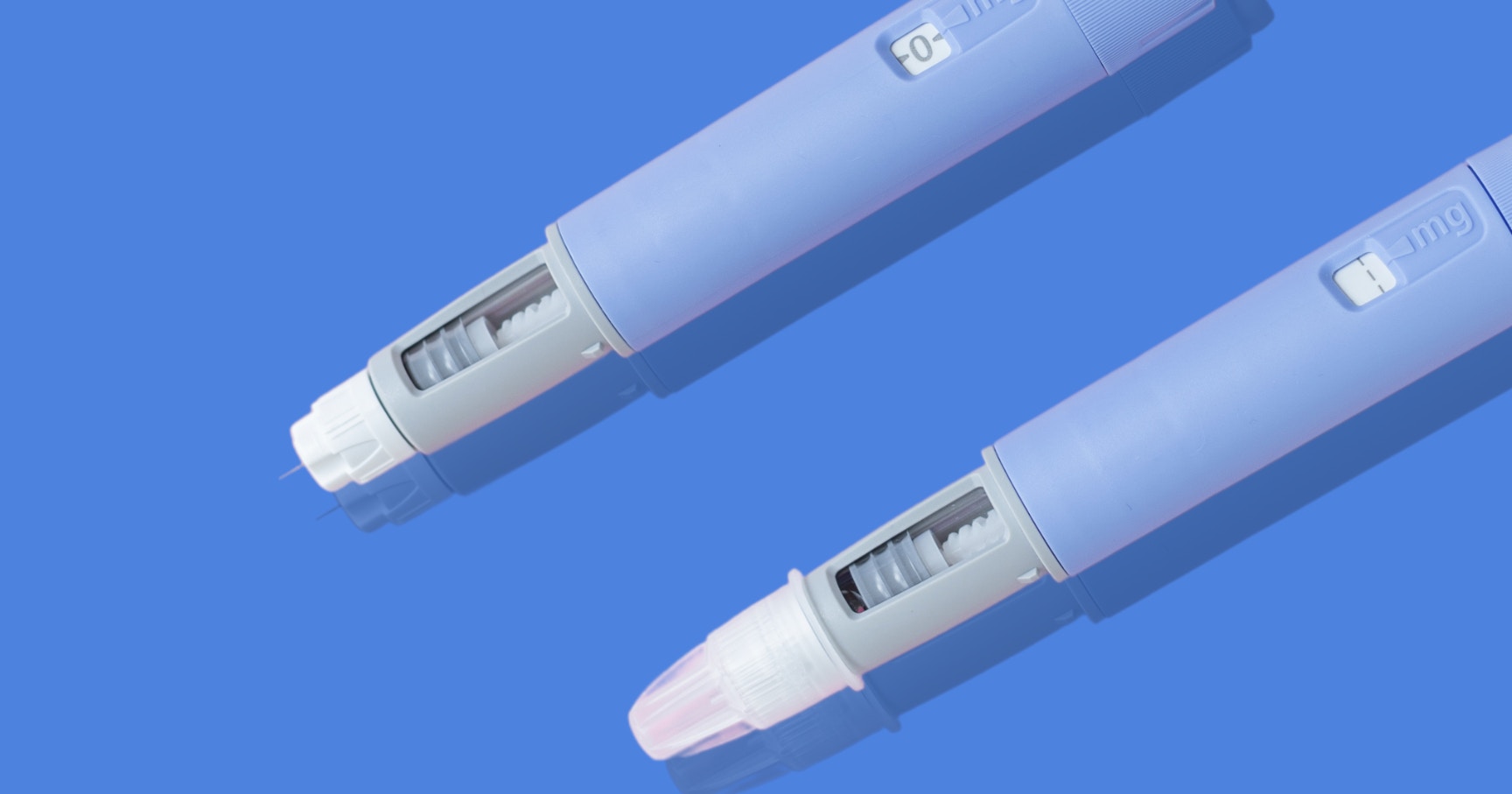
Treating ‘Ozempic face’ is a hot topic in aesthetic medicine right now. It refers to restoring facial volume following weight loss specifically from semaglutide use.
Whilst there are general principles involved in facial rejuvenation following weight loss, non-semaglutide methods usually produce more gradual results. This allows for longer-term treatment planning that adjusts along with their appearance.
Whether it’s Ozempic, Wegovy, Mounjaro or other brands, semaglutide can cause significant, rapid weight loss. These factors make it something of an anomaly, requiring specific approaches from aesthetic practitioners.

What is ‘Ozempic face’?
‘Ozempic face’ is the media-coined term for the facial changes experienced following extensive weight loss, often over a short period of time, by semaglutide users.
Semaglutide is a modified glucagon-like peptide-1 (GLP-1) drug which rose to popularity in 2024 after being made available for countering obesity. It’s normally prescribed for type 2 diabetes, however, its side effects were shown to have numerous weight management benefits. These include weight loss, reduced appetite and quietening thoughts about food.
It was made available on the NHS for weight loss in 2023, for those with a BMI of 30+.
Many celebrities, especially in the USA, publicly spoke about their ‘body transformations’ attributed to semaglutide. These were controversial given the drug’s intended use for managing obesity which was rarely the case. Oprah Winfrey stepped down from her longstanding role on the Weight Watchers board in 2023 after making a documentary about her experience with the drug.
Given any seemingly ‘miraculous’ weight loss drug is like media catnip, these stories became a staple of health and beauty section. However, thanks to the celebrity element and controversies, it quickly spread to celebrity and news sections, propelling it exponentially.
Celebratory coverage of this novel weight loss ‘solution’, was followed by a wave of stories commenting on the facial appearance of its users. Articles commenting on how the rapid weight loss had also caused ‘rapid ageing’, flooded media outlets and the internet.
As Ozempic is one of the most talked about semaglutide brands, the media term ‘Ozempic face’ was born.
Effects of semaglutide on facial aesthetics
‘Ozempic face’ refers to a number of facial presentations largely associated with sinking and sagging. It also covers concerns triggered by these issues. These include:
- Flattening of the medial mid-face
- Hollowing of the lateral mid-face, giving a ‘sunken’ appearance
- Tear trough formation
- Concavity at the temples
- Skin laxity which may cause or exacerbate fine lines or wrinkles, especially around the eyes and mouth - crow’s feet and smoker’s lines, for example
- Jowl formation and a general softening of the jawline
- Nasolabial folds forming or deepening
- Marionette lines forming or becoming more pronounced
- Sagging skin especially at the jawline and neck.
As you can see, it’s clear why this has become an area of interest for aesthetic practitioners. In fact, it’s such a trending issue that Galderma is conducting research into using its portfolio of aesthetic treatments to treat this ‘medically-driven weight loss’.
Furthermore, the global market for obesity medications is expected to reach $105 billion (£84.5bn) by 2030, according to Professional Beauty.
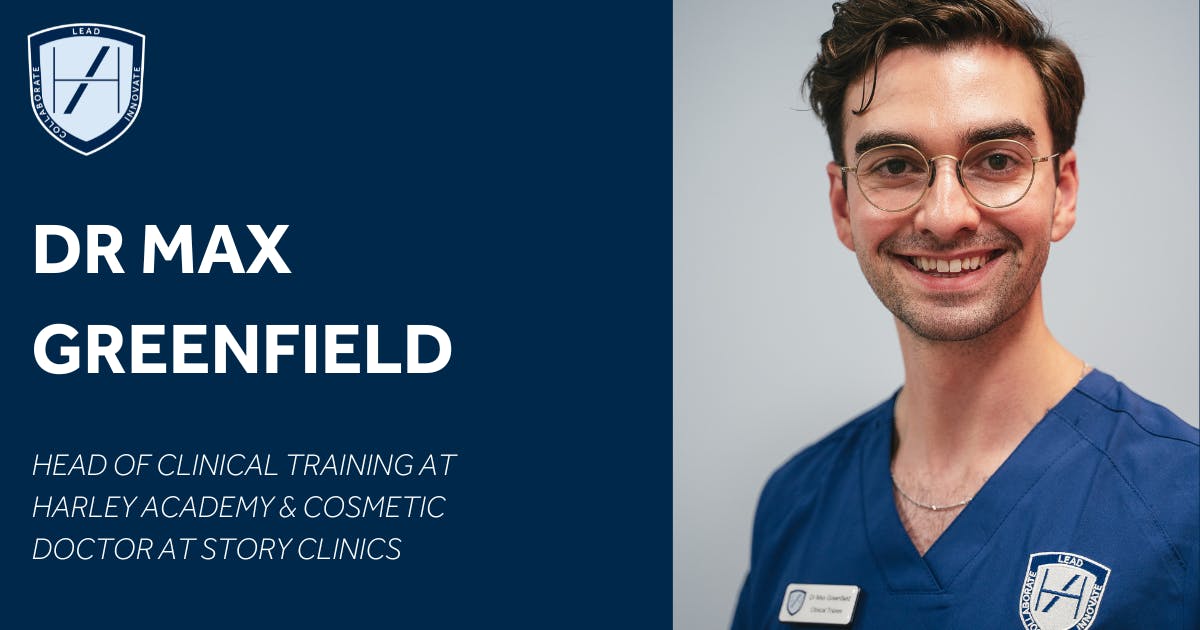
What are the best treatments for Ozempic face?
As you’re addressing sinking, sagging and skin laxity, a multi-modal approach will provide the best results for Ozempic face.
We asked Dr Max Greenfield, aesthetic medicine specialist and Harley Academy clinical trainer, for his advice…
Start with skin treatments to address laxity
“I’d recommend starting your treatment plan by factoring in a course of skin treatments to address laxity. This can be boosted by an optimal at-home skincare routine,” shares Dr Max.
“By addressing skin laxity first, you’ll not only improve the quality of their skin, but you’ll see better results from any other treatments. You also get to build a relationship with your patient over the various sessions.”
Biostimulatory, collagen-induction therapies are great treatments for tackling lax skin. These include:
- Profhilo® (which can be used on the neck and décolletage as well as the face)
- Microneedling and radiofrequency microneedling
- Chemical peels
- HIFU
- Ultherapy.
At Harley Academy, we offer hands-on, practical courses in microneedling, chemical peels and Profhilo®. These are all treatments that aesthetic practitioners of novice level upwards can safely administer with the right training. They are also in-demand services that patients love the results from and make commercial sense for your business from a price perspective.
Explore our Cosmetic Dermatology Courses for further information.
Mid-face treatments for volume restoration: hollowing
“If you’re dealing with a classic hollowing in the cheeks, there are, of course, a number of effective filler treatments,” says Dr Max.
“You could also consider Profhilo® Structura which has been specially developed to address a sunken appearance. It regenerates subcutaneous fat and provides support to the lateral cheek without adding filler.”
He counsels, “Given Structura is a stimulatory treatment, it takes longer to see the effects, so discuss this versus the fairly instant gratification of fillers with your patients. You need to manage their expectations, especially if they’ve become used to seeing quick results.”
Dr Max also gave us a little tip for cheek filler in these situations:
“When you’re treating the cheeks, always treat lateral to medial. Hollowing will generally require lateral cheek filler, however, with drastic weight loss, you’re likely to see some flattening of the medial cheek, too. Check for this during your consultation and also see how it’s looking as you complete your lateral filler treatment. It’s important to set expectations, following significant weight loss multiple treatments may be required to reach the desired result”
Explore our aesthetics training offering for a range of filler courses and the official Profhilo Structura Training Course. There are options suitable for healthcare professionals who are of novice or intermediate skill levels, as well as more experienced practitioners.
All our filler courses are taught using GEM principles to ensure you are practising at the cutting edge in terms of the latest evidence-based techniques for maximum safety. GEM - or the Global Evidence Matrix - is tailored to your experience level, so you’re reassured that you’re practising within your scope of competence.
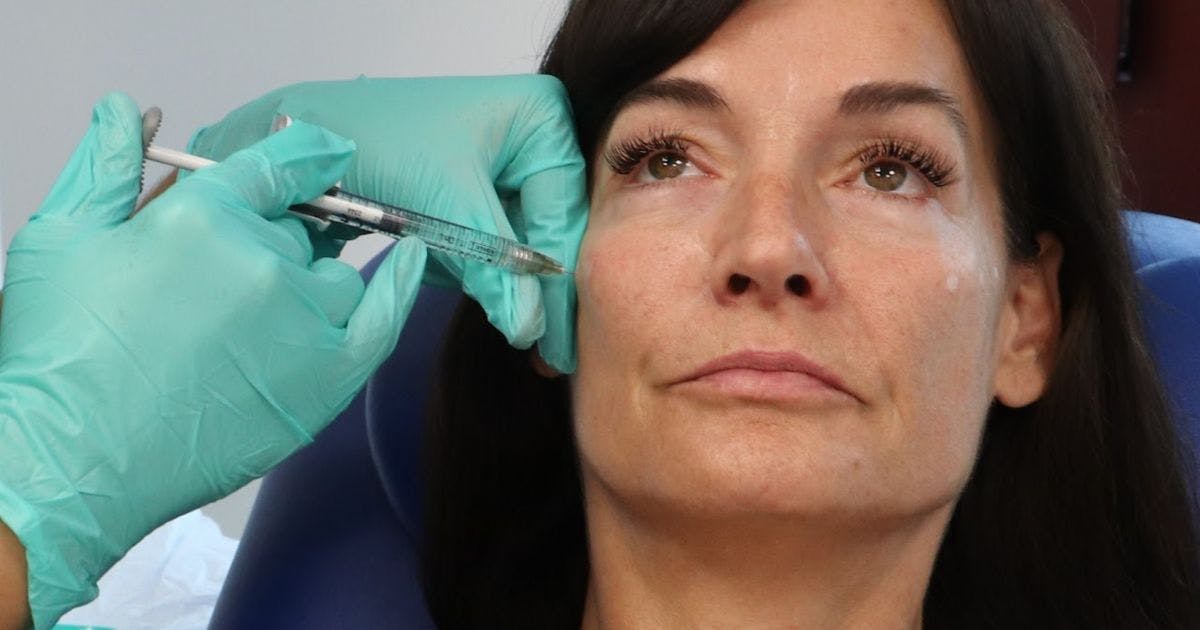
Temple filler to correct concavity
With regards to temple filler to address hollowing, Dr Max warns that this is something only advanced clinicians should offer. “The temples are challenging to treat and are a particularly high-risk zone so this is not only something you should have specific training in, it’s a treatment best left to those who are more experienced.”
When you’re first starting out in aesthetic medicine, it can be useful to have a mentor or network so you can refer cases on. Rather than losing you business, patients often appreciate the care and attention and will come back to you for the services you can offer them.
Treatments to address ‘sagging’ aspects of Ozempic face
Skin treatments to counter the laxity caused by extensive weight loss should be your starting point, here. They’ll improve the appearance of the skin, help to start the collagen stimulation process and allow for greater outcomes from the rest of your treatment plan.
Following on from his advice above, Dr Max says, “If your patient is concerned about mild jowling or a softening of the jawline, treating the medial cheek with filler may improve the appearance of the jaw, too.
“You’re looking to restore structure and volume to the mid-face to reduce sagging. Mid-face cheek filler is a great option for this, especially if there’s also flattening in this area,” he guides.
“Again, Profhilo Structura can also be used to treat ‘sagging’ indications - the techniques are different depending on whether your patient has ‘sinking’ or ‘sagging’, so it’s important to understand the application specificities.
“Whilst we can do amazing things with non-surgical treatments, depending on your patient’s budget and expectations always consider referral to our plastic surgery colleagues for surgical lifting”
Treating additional concerns regarding lines and folds
“For concerns such as marionette lines and nasolabial folds, these can be treated as you would for any other patient,” says Dr Max.
“Same for crow’s feet and perioral lines, though these may see some improvements following your skin sessions. Toxin and filler may not be required here depending on the outcome of these initial interventions. These areas can also be treated to a certain extent with polynucleotides.”
You can find expert insights into all of these treatments in our Aesthetic Medicine Articles database.

Questions to ask during your consultation
An additional aspect to treating Ozempic face patients is tailoring your consultation appropriately.
“With this specific cohort, you’ll need to understand where they are in their weight loss journey,” highlights Dr Max. “Discuss this during their consultation and factor that into your treatment planning, including the timing of any treatments.
“Given semaglutide can produce such quick results, if they plan on losing more weight, it may not be appropriate to start injectables. However, it could be advantageous to begin a course of skin treatments to address laxity. This can also help to give better results when the time is right for filler treatments if they go down that route.
“It’s also important to discuss the fact that stopping semaglutide can lead to weight gain. As such, having a maintenance plan in place is vital. The phenomenon of putting the weight back on within a few months to one year after stopping treatment is known as ‘Ozempic rebound’ and it’s something you’ll need to be aware of when consulting these patients.”
Questions you should ask patients seeking cosmetic interventions to address semaglutide-induced facial changes, include:
- How long have you been taking this medication?
- Have you reached your target weight?
- Do you plan to keep taking it?
- If so, do you have a particular timeline in mind?
- If not, do you have a weight management plan in place for once you stop taking semaglutide?
Provide the safest facial rejuvenation treatments to your patients
As medically-supported weight loss becomes increasingly popular in the UK, knowing how best to help your patients is not only useful. This type of approach to a specific kind of facial rejuvenation may be seen as a specialist area. Being able to offer safe, effective filler treatments to restore a youthful facial appearance following weight loss can help you to establish a niche.
Having a particular speciality allows you to promote your skills and make a name for yourself in this area. This can help greatly with word-of-mouth patient recommendations and referrals. Additionally, it doesn’t pigeonhole you, so there’s no real drawback as long as you’re happy being best known for a particular type of cosmetic work.
When promoting yourself to potential patients, the most compelling information you can provide is your educational background. As a healthcare professional, you’ll already benefit from a certain level of implied trust. When you add to that by listing your credentials relating to your aesthetics training and qualifications - the botox and filler courses you’ve completed, the certification you may have in cosmetic dermatology - there becomes a clear case for choosing you!
Our reputation and how it translates to your patients
Harley Academy is known as a prestigious, safety-focused provider of higher education in aesthetic medicine for healthcare professionals only.
Patients who visit our training clinic - The Academy Clinic - tell us that they come to us specifically because of our reputation. They regularly mention being impressed by the fact that our trainees - overseen by specialist mentors - are:
- Healthcare professionals
- Undertaking dedicated aesthetics courses with a prestigious academy
- Safety conscious and ethical
- Dedicated to natural-looking results.
This is what it means to be #HarleyTrained so if you aren’t already, we look forward to welcoming you on board soon!
Industry data from Boston Consulting Group released at the IMCAS congress on 30th January revealed, revealed 7% projected growth per year for the global medical aesthetics market through 2029. Botulinum toxin and filler treatments make up the largest share of treatments, at 46%.
With aesthetics practitioners expecting a 16% uplift in revenue for 2025, now is a fantastic time to enter this rewarding and rapidly expanding industry!
Book a call with our team for personalised advice on starting your aesthetics career journey today.
All information correct at the time of publication
Download our full prospectus
Browse all our injectables, dermal fillers and cosmetic dermatology courses in one document
By submitting this form, you agree to receive marketing about our products, events, promotions and exclusive content. Consent is not a condition of purchase, and no purchase is necessary. Message frequency varies. View our Privacy Policy and Terms & Conditions
Attend our FREE open evening
If you're not sure which course is right for you, let us help
Join us online or in-person at our free open evening to learn more
Our Partners
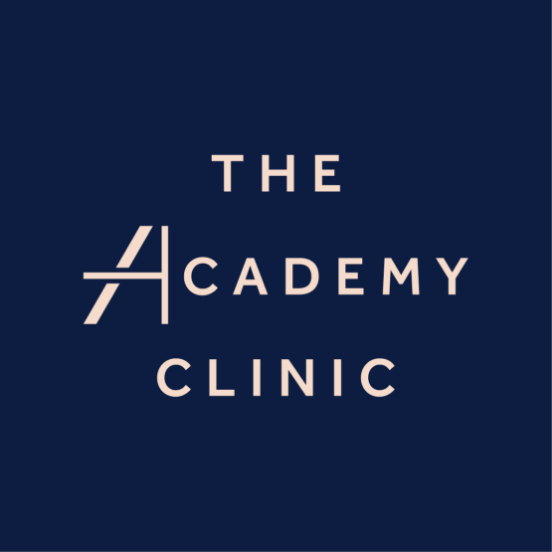
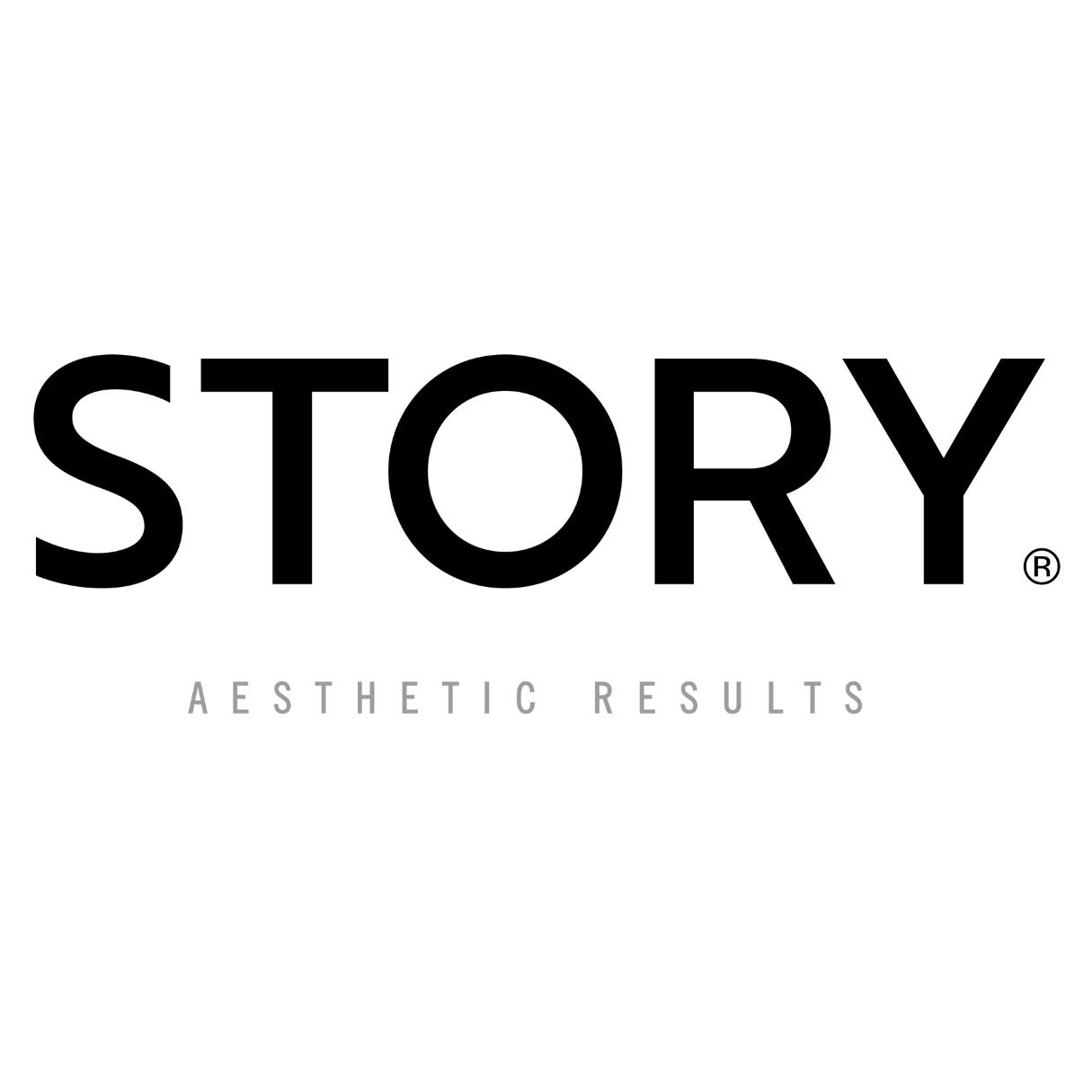
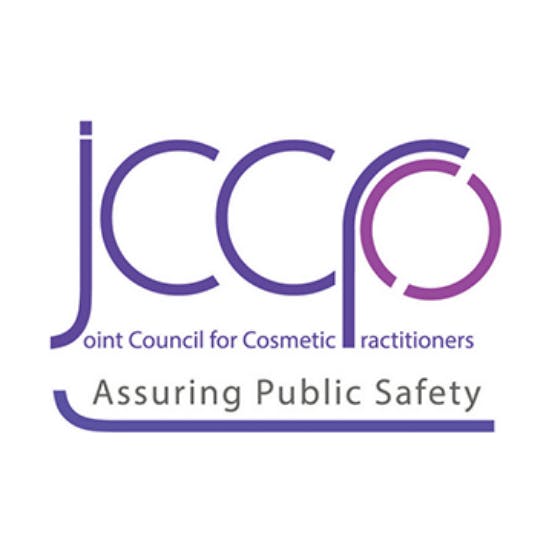

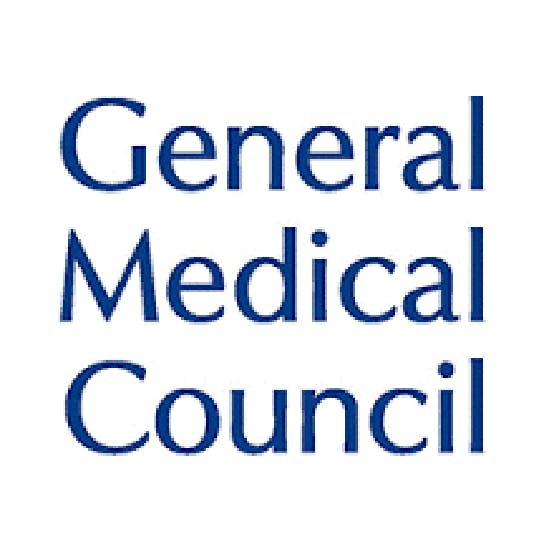

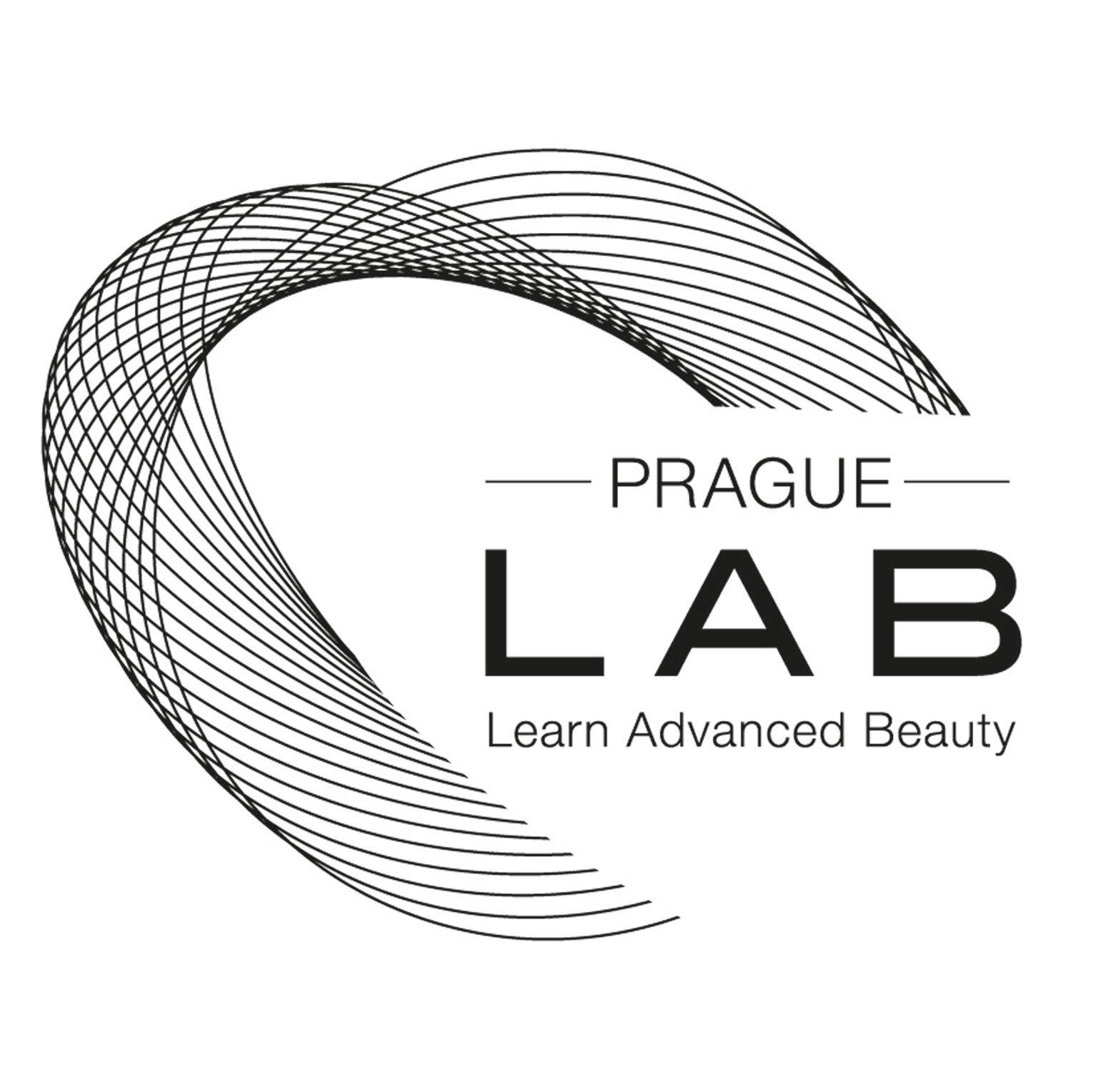
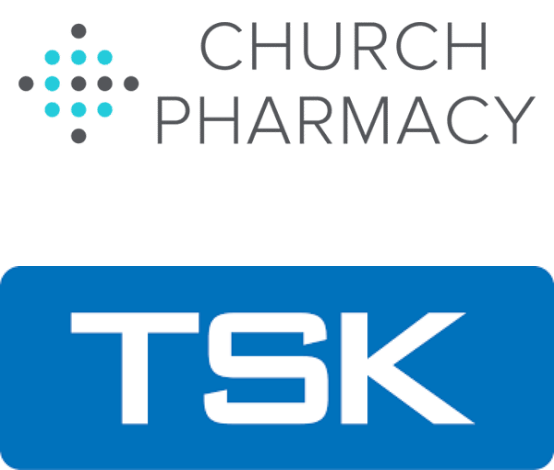
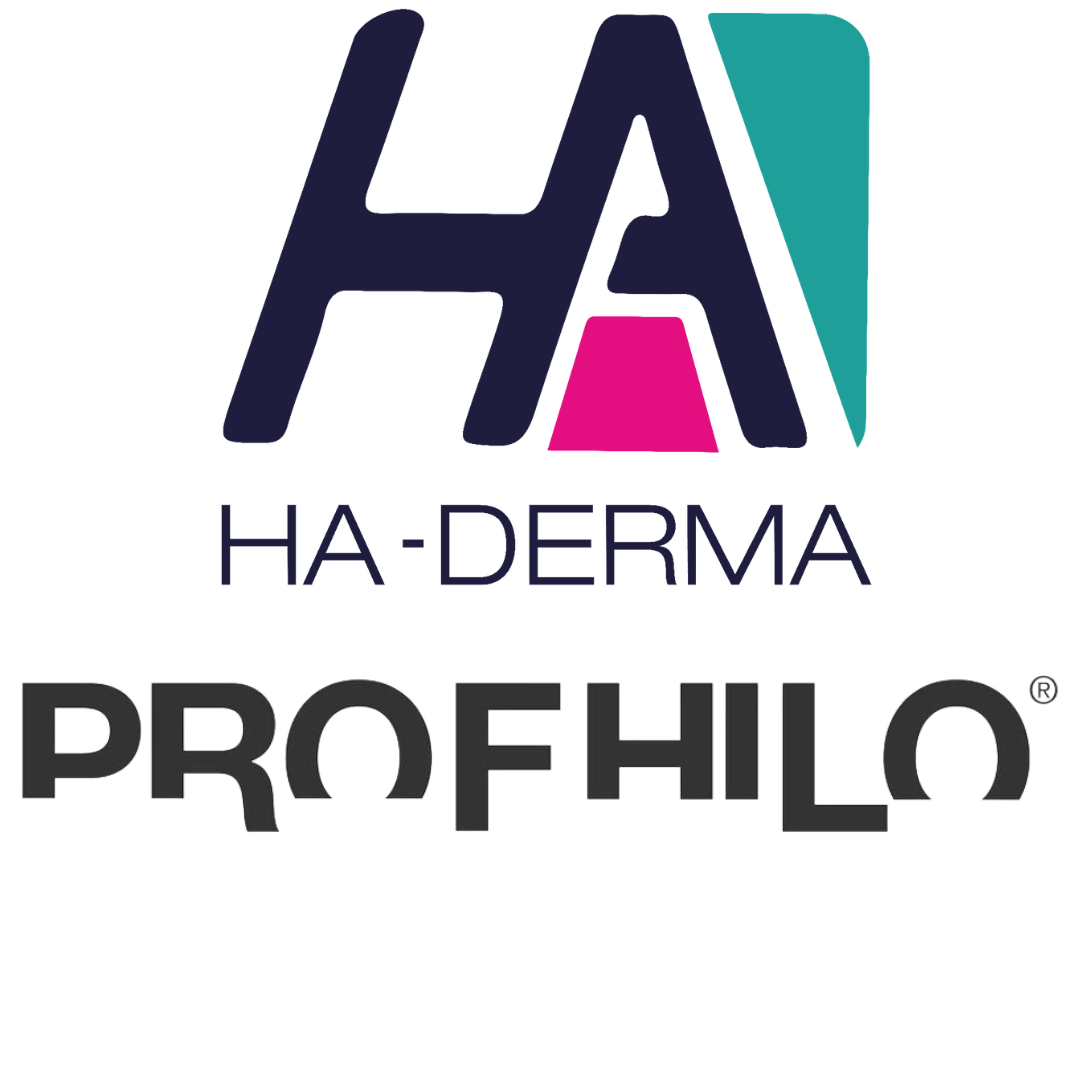
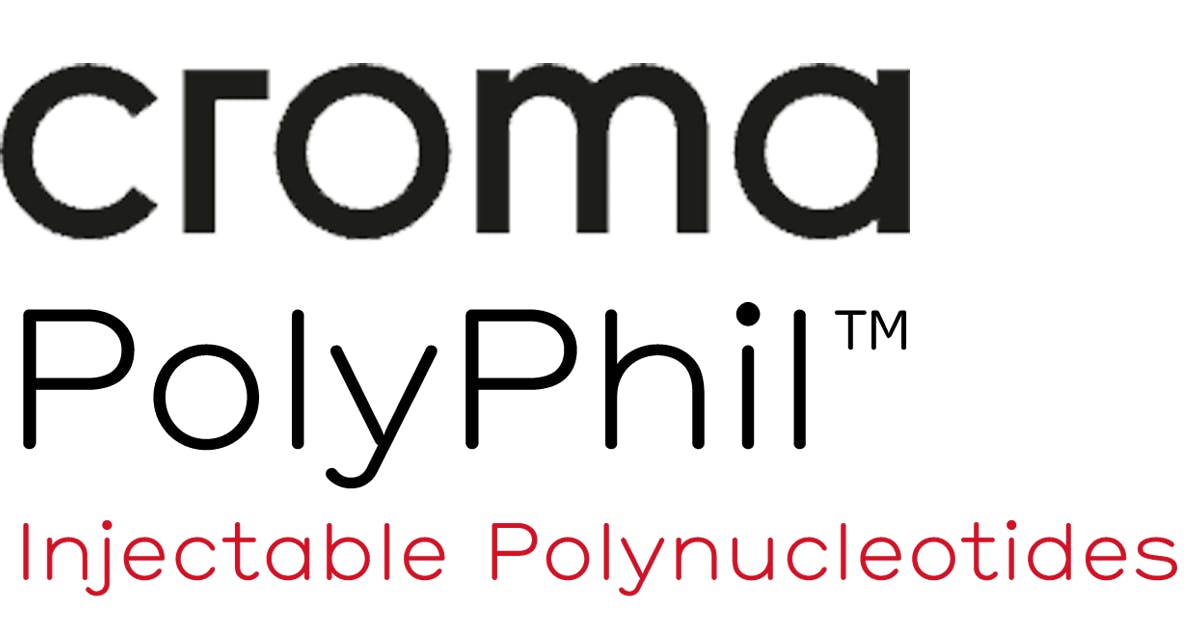
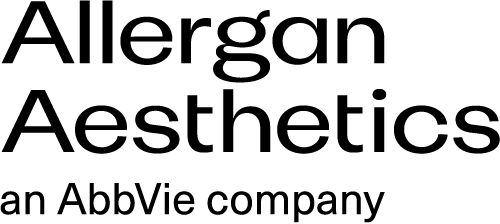

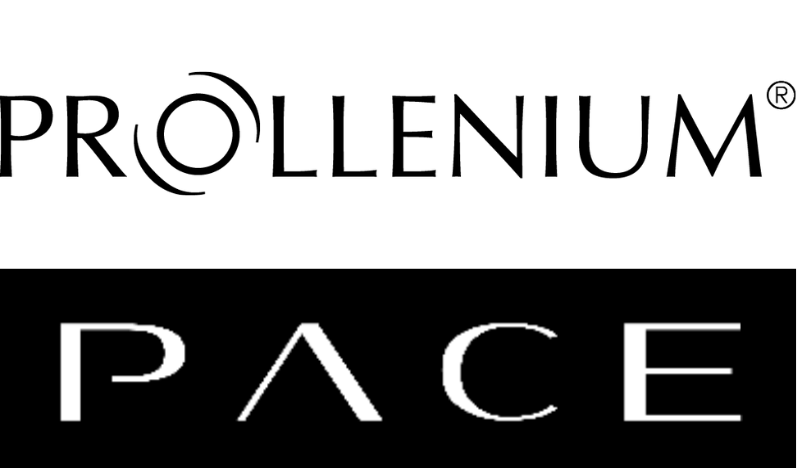
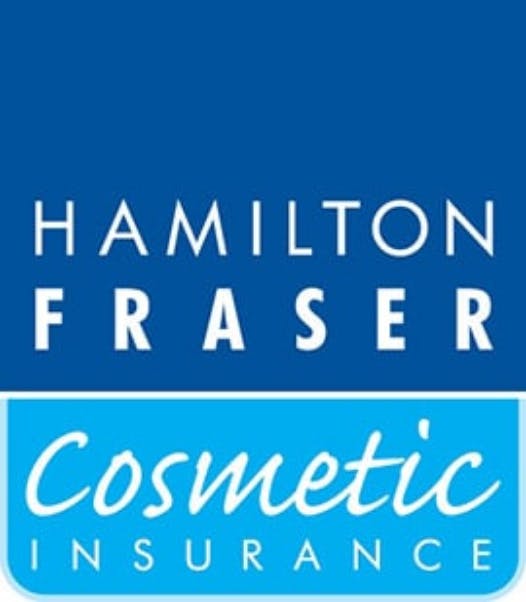
STAY INFORMED
Sign up to receive industry news, careers advice, special offers and information on Harley Academy courses and services

